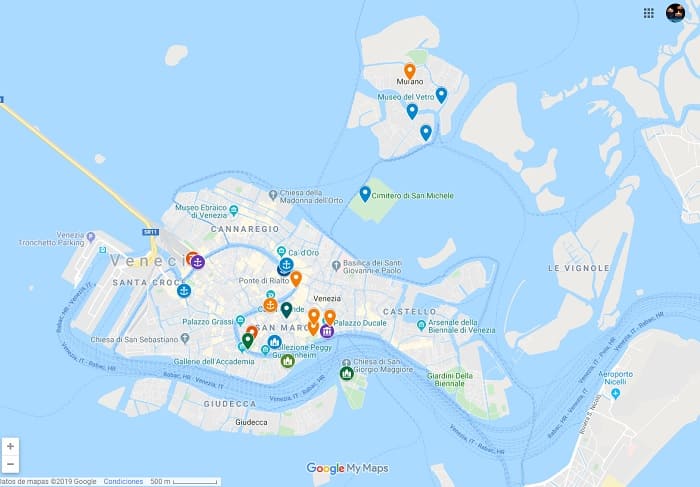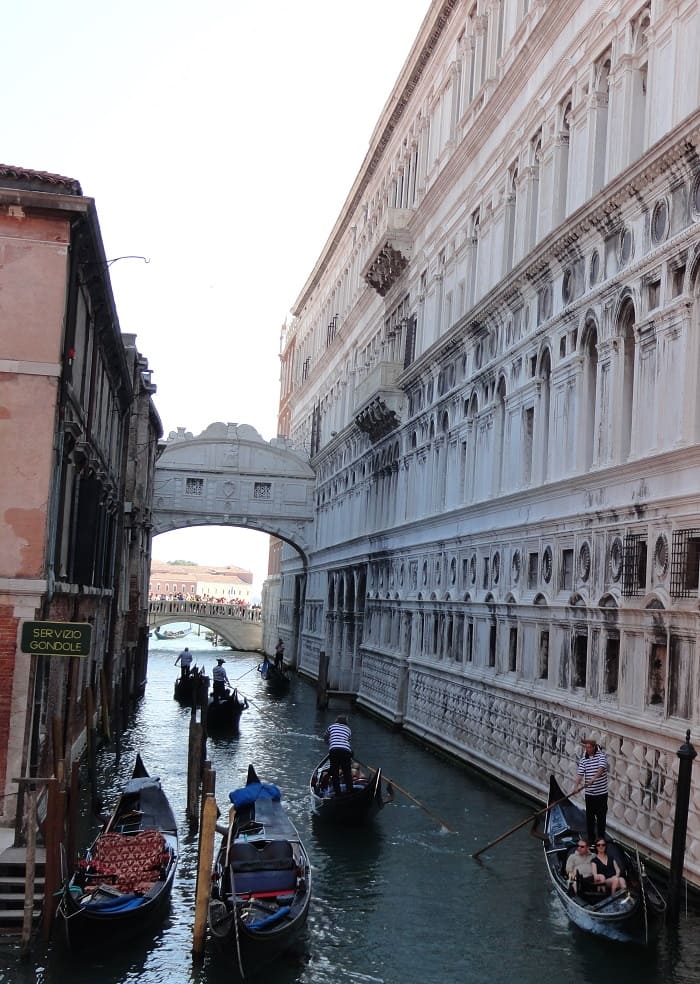Discovering Venice in Two Days

Venice in Two Days: Murano and Burano Islands
On the second day we took a boat Vaporetto in San Marcos square. Previously we acquired a full day ticket that includes all the routes throughout the day. Our destination is the islands of Murano and Burano



